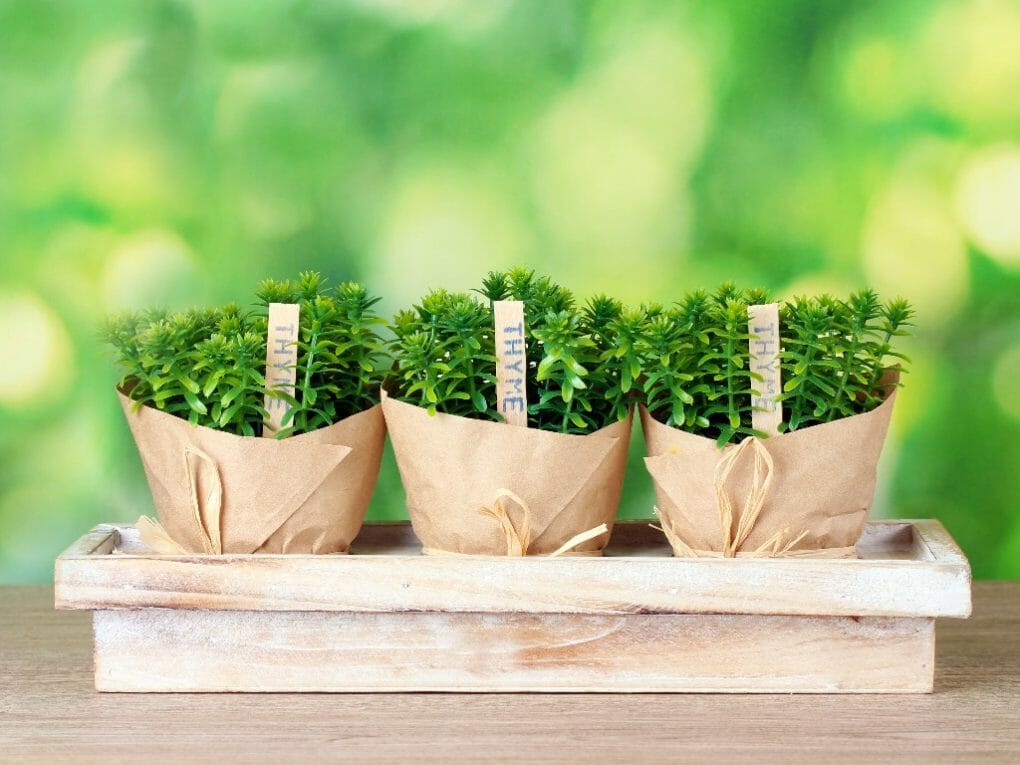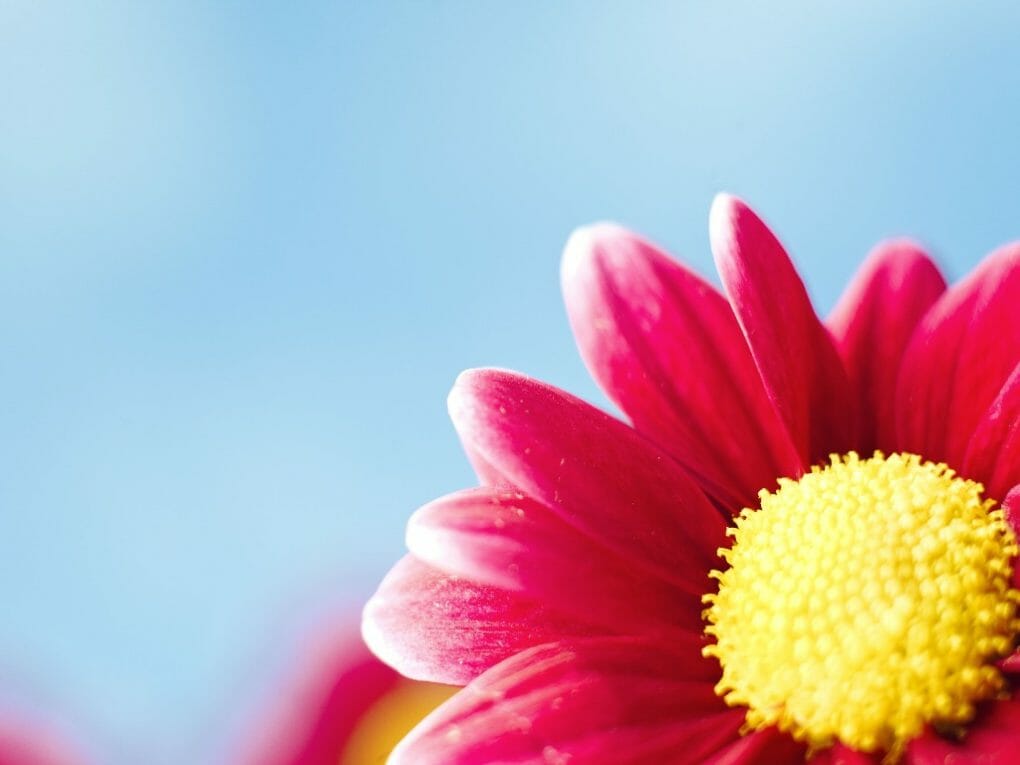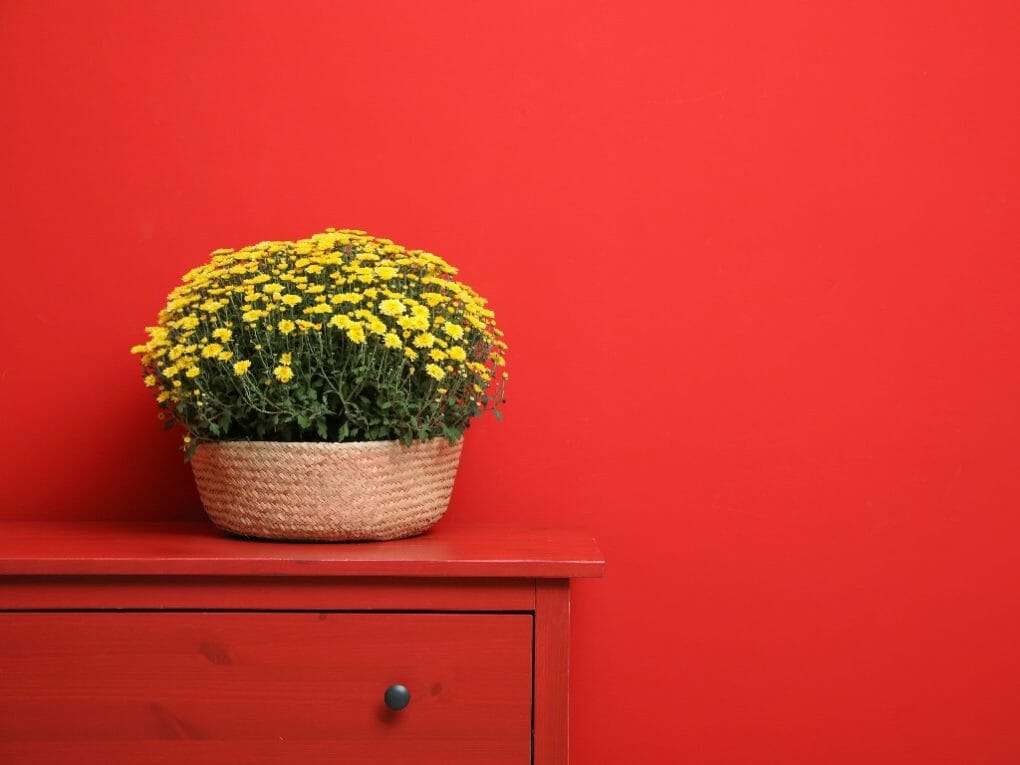Overwintering Mums in Pots | Overwinter Fall Mums Indoors

Planting your plants in the ground allows them to establish a good root system prior to the cold winter arrives. This will help them survive the cold weather and provide a solid base from which to grow in the coming years. Planting your plants in pots, on the other hand, means that they will not get as big and will not have as many roots. This means they will not be able to withstand cold temperatures. This is why it’s important to overwinter properly.
Table of Contents
How to Winterize Mums in Containers
Remember that the objective of overwintering your mums in containers is to prevent the roots and stems of each plant from experiencing harsh freezing conditions. The intention is to create a pleasant and warm environment.
In addition, they must be pruned before being stored for the winter, before or after relocating your potted mums and remove any dead or wilted blossoms to prevent the spread of pests and illnesses.
How to Choose the Right Mums to Save
All this being said, if you want to save your mums over the winter, buy hardy or garden mums instead of floral ones. Most nurseries and garden centers will clearly label the plants they sell. If not, as a rule of thumb, floral plants tend to have smaller, more compact leaves and tighter blooms. Most likely, hardy mums have bigger stems, leaves, and blooms.
Required Preparations
You want to offer any plants you planted in the spring or previous years the best chance of surviving as winter draws closer. From early to mid-fall, deadhead any spent flowers on previously planted plants. Mums often bloom in the late summer and fade after the first frost appears in the fall. Deadheading early in the season will promote continuous blooms. After the season, completely remove any dead blooms. The foliage will turn brown after the first frost occurs. Defy the desire to remove the dead vegetation. To provide some safety for your plant, you should let it alone.
Place Them Against a Wall or Structure
Place your potted mum against a wall or other structure to shield it from the chilly weather. If mums are hardy in your region (reminder, they are normally hardy in zones 5-9), they can be placed under any available eaves to receive any leftover heat from the structure. Water as needed so roots do not entirely dry up, possibly once every two weeks or once a month, especially if it hasn’t rained for a while.
Make Them Whole
Initiate your potted mums by partially inserting each pot into a hole in a raised bed or mounding mulch along the sides of the pot. Once you have identified a suitable spot, dig a hole half as deep as the container and bury it there.
Water, as needed, so that the roots do not entirely dry up; once every two weeks or more frequently if there hasn’t been any natural rainfall for a long.
Invite Them Inside
Move your potted mum indoors and lay it on a bench in your garage or shed so that it remains between 30 and 50 degrees Fahrenheit. Water as needed, so the roots do not entirely dry up every two weeks.
Wait Until The Last Blooms

To overwinter Chrysanthemums in containers more easily:
- Wait until the blossoms have gone.
- Dig them up and place them in containers.
- Place pots in a cool, well-lit location.
- Keep the plants hydrated, but avoid overwatering them.
Once the earth has dried to a depth of between 1 and 2 inches, thoroughly water the plants. Pour enough water into the pot, so it overflows through the opening at the bottom.
Providing your plants with a cool and light environment will aid their successful winter survival. Once the danger of frost has gone, they can be replanted outdoors. Once the danger of frost has ended, it is optimal to complete the task. However, if no new growth exists, you can plant them even if nighttime freezing temperatures are anticipated. If there is fresh growth, you must wait until all danger of frost has passed before planting them outdoors.
Gently Acclimate
Be sure to gently acclimate your Chrysanthemums before replanting them. You must first position them in a protected garden area, preferably with partial shade. Keep them there throughout the day, but relocate them to the coolest room in the home at night.
This should be done as long as there is a considerable temperature difference between day and night. Once the temperature has stabilized, you can return your plants to the outside. When the threat of frost has gone, finally replant them in the garden. Add bloom fertilizer to the soil so your plants can produce flowers early.
Overwinter Fall Mums Indoors
Several plants are likely to come to mind when you think about the seasons and the flowers that go with them. Chances are, when you think of fall, you think of pretty flowering mums, or chrysanthemums, to be exact (Dendranthema x grandiflora). Mums can survive in USDA plant hardiness zones 8 through 10, but they are usually treated as annuals and thrown away yearly. This is not important. You can leave your garden mums in the ground over the winter, especially in cooler areas where a layer of mulch will protect them. But because pot plants are more likely to be hurt by cold, you should bring your mums inside for the winter. Bring them back outside in the spring and start watering, fertilizing, and cutting them back so they can grow into the lush, compact, flowering wonders that mums are known for.
- Leave mums outside until the first frost kills the leaves and flowers. Leave 1 inch of brown stems and leaves above the soil line when you cut them. Use tools that have been cleaned, so you don’t give the mums a disease.
- Move the plant indoors to a dark place between 32-50°F (0-10°C). A basement or a closet that isn’t heated could work. If it could get below 32°F (0°C), wrap the pot’s bottom and sides with three or four layers of newspaper.
- During the winter, water mums so the soil is slightly damp. Two or three times a month, feel the soil about 1 to 2 inches deep, and if it feels dry, water the plant.
- Keep mums inside until one week before the last spring frost is expected. At that time, take the pot outside to where it was in the summer for two or three hours, then bring it back inside to where it was in the winter. Every day, take the pot outside and leave it there for about an hour longer. After the last expected frost, keep mums outside and start caring for them like you normally would during the growing season.
What Should You Do After Overwintering Mums?

After you’ve overwintered your mum, the best thing to do is gradually reintroduce her back into the garden. Start by bringing her in at night and leave her outside during the day (or inside if it’s very cold). Gradually increase her time spent out there until she’s fully re-established. Make sure to water her well and give her a good feed once she’s settled in. You can also start growing new plants near hers, so your mum has some company while you’re away!
Once the fear of frost has gone in your region in the spring, you can place your potted mums in a sunny location in your garden. Care for them as usual and observe their autumn bloom.
